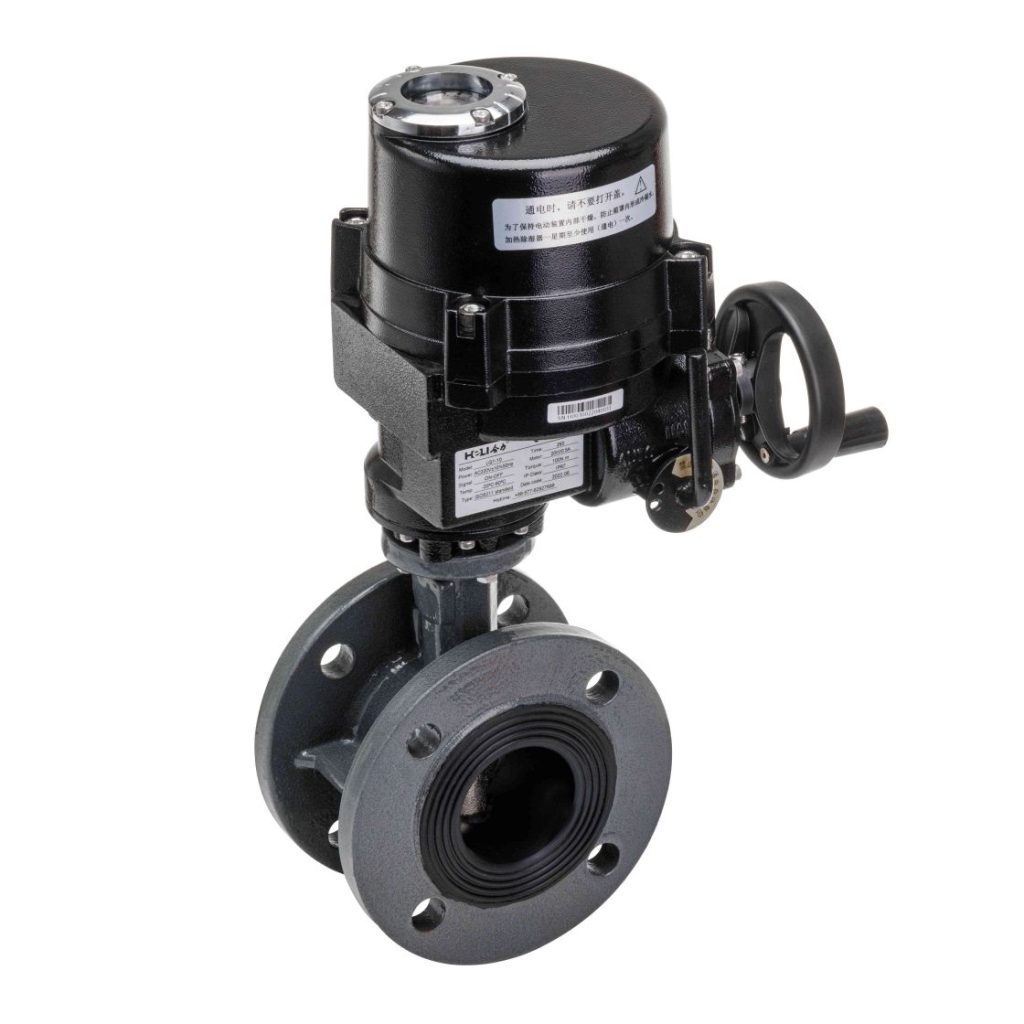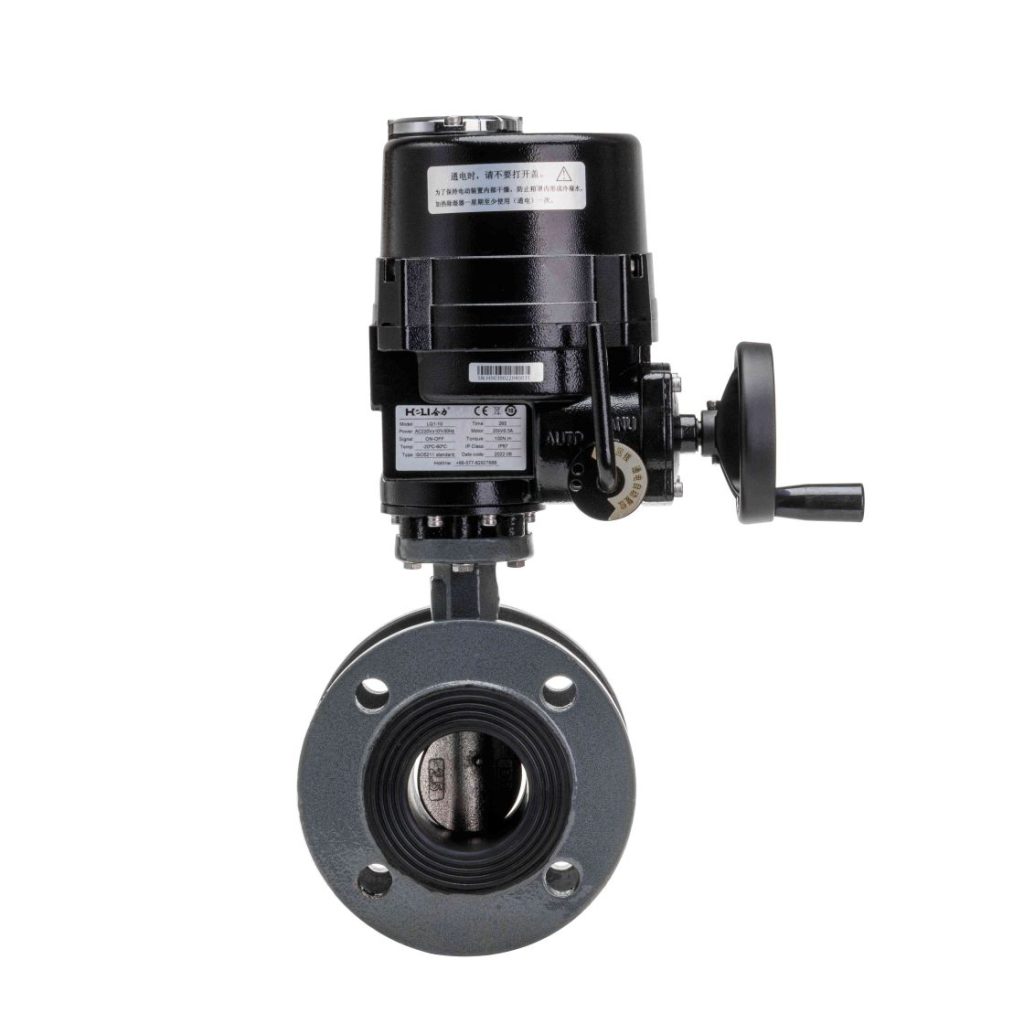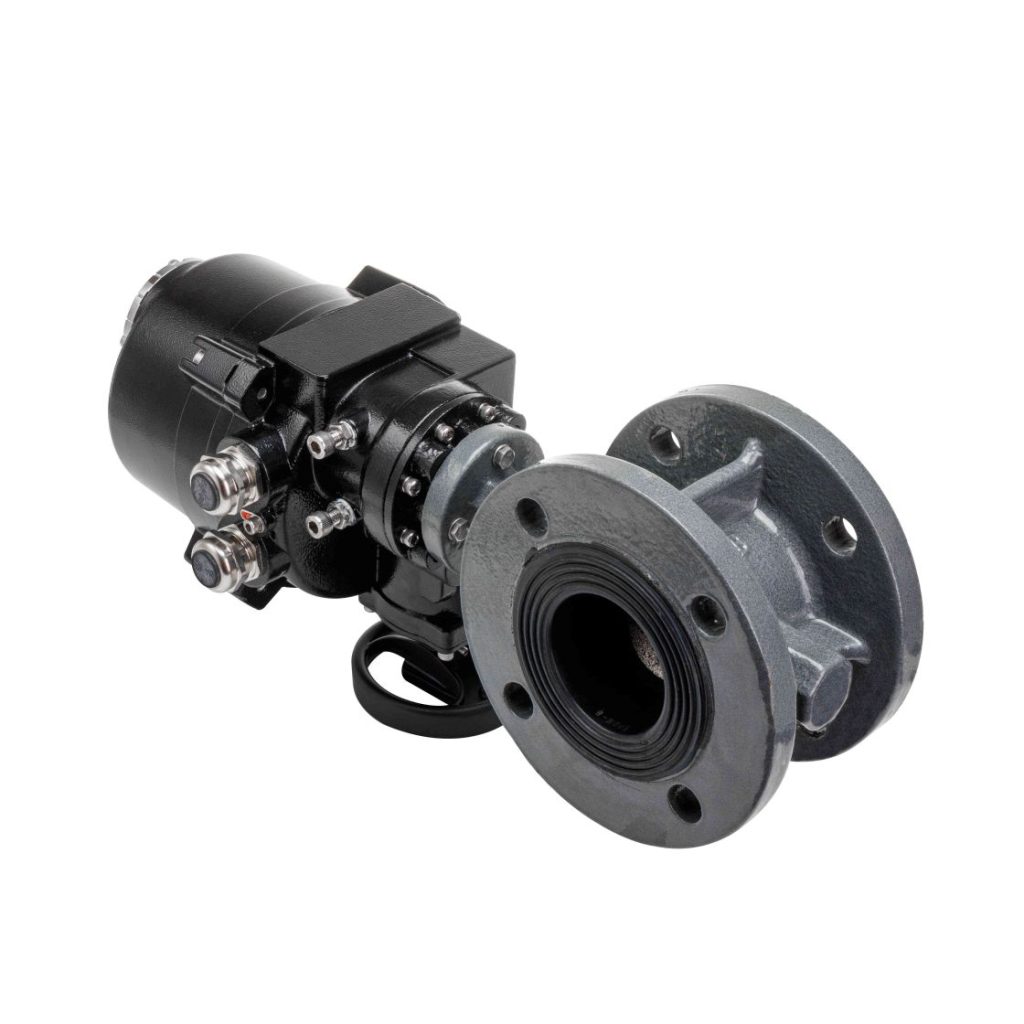An Electric Ball Valve is a key component used in fluid and gas control systems across various industries. Known for its durability, precision, and ease of automation, electric ball valves are commonly used in applications where accurate flow regulation is essential. From water treatment plants to HVAC systems and chemical manufacturing, these valves provide a reliable solution for managing the flow of fluids in an efficient and automated manner. In this article, we will explore the construction, working principle, applications, advantages, and challenges associated with electric ball valves.

Construction and Working Principle

At the heart of an electric ball valve lies a spherical ball, typically made from high-quality materials like stainless steel or plastic. The ball has a hole through its center (often referred to as a “bore”) that allows fluid to flow through when the valve is open. When the valve is closed, the ball rotates 90 degrees to block the flow completely. The electric actuator is the most critical component of the electric ball valve. It is responsible for rotating the ball to the desired position (open or closed) based on electrical signals received from a control system. These actuators are typically powered by electric motors, which provide precise control over the valve’s movement. The actuator is often equipped with position sensors, allowing the system to monitor whether the valve is fully open, closed, or in a partially open state.

Leave a Reply